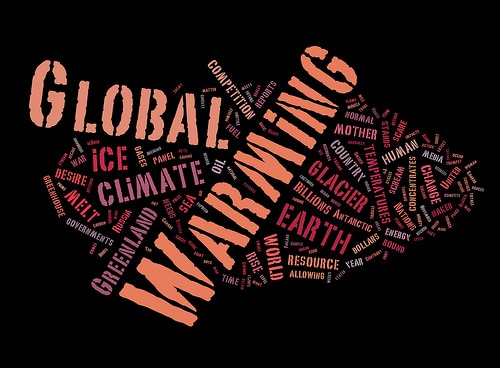At the Clean Energy Ministerial meeting in London last week ministers from 23 economies – representing 90% of global renewables and efficiency investment, heard from the International Energy Agency that under current policies, carbon dioxide emissions will nearly double by 2050.

The main outcome of the Ministerial was a raft of initiatives to ramp up energy efficiency, which the IEA said was lagging well behind the deployment of renewable power. Electrical power generation and distribution is the major source of CO2 Emissions and the driver for Smart Grid. However Smart Grid has some major obstacles to overcome and its progress is slowing down, such that the most optimistic forecast is that it will take at least 20 years to complete in just the developed nations of the world. The main thrust of its development right across the world has been to install smart meters in domestic premises and preliminary assessments on major installations are turning in some disappointing results, showing only a 2 to 3% reduction in energy consumption. The main reason for utility companies starting the programme at this point appears to be to improve the efficiency of collecting meter readings and to set up automatic billing. The bonus is to have more detailed information that could help utilities balance demand and supply which could make further reductions in CO2 emissions. The clear message we should receive from the observations above is that any and every possibility of conserving energy needs to be taken now, particularly those that have a relatively low investment cost and and also reduce the consumers energy bill. Our report on Interfacing Smart Buildings with Smart Grid shows that this can deliver on both counts. Our findings on the Smart Buildings to Smart Grid Interface Business will be published later this month. You can read more in a recent article we published on FierceEnergy;
http://www.fiercesmartgrid.com/story/smart-building-smart-grid-interface/2012-05-09
The report surveys the business opportunity of interfacing and integrating Smart Buildings with Smart Grid providing the market size across the world for software and services, reviews by vertical building types and details the business models, routes to market and the players that are taking the major shares in this fast growing market.



